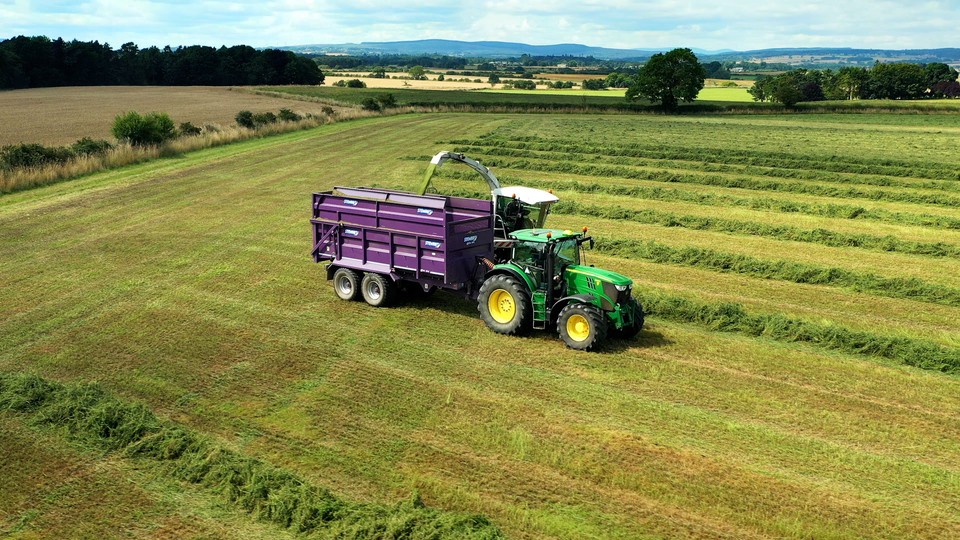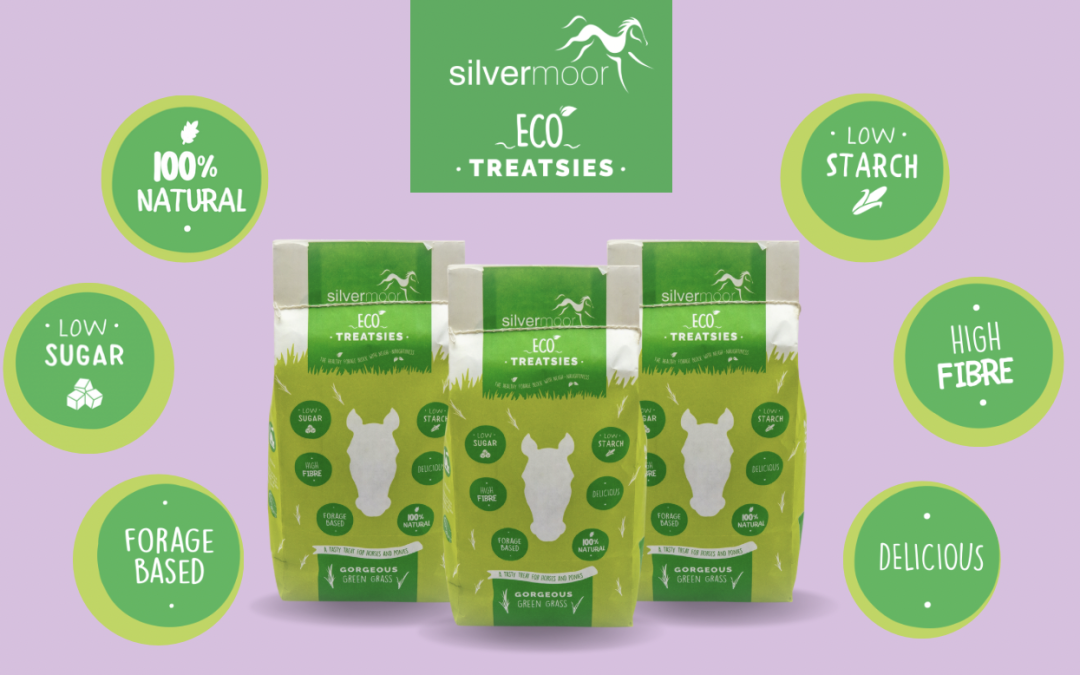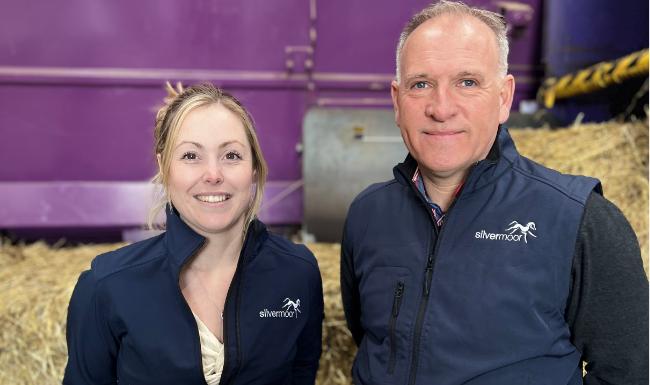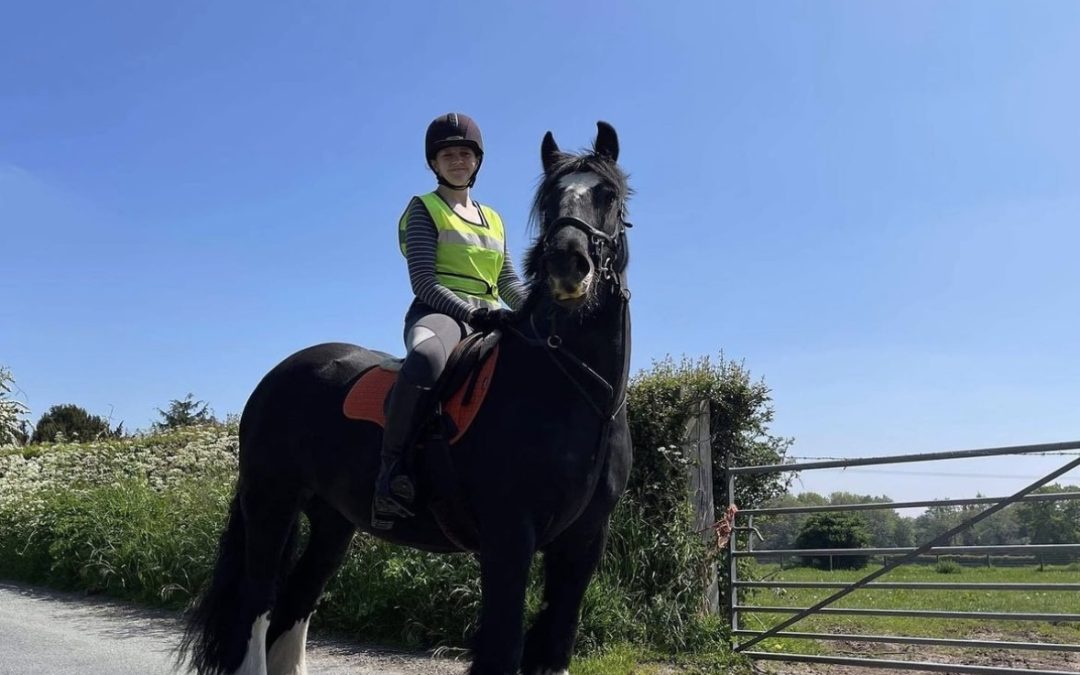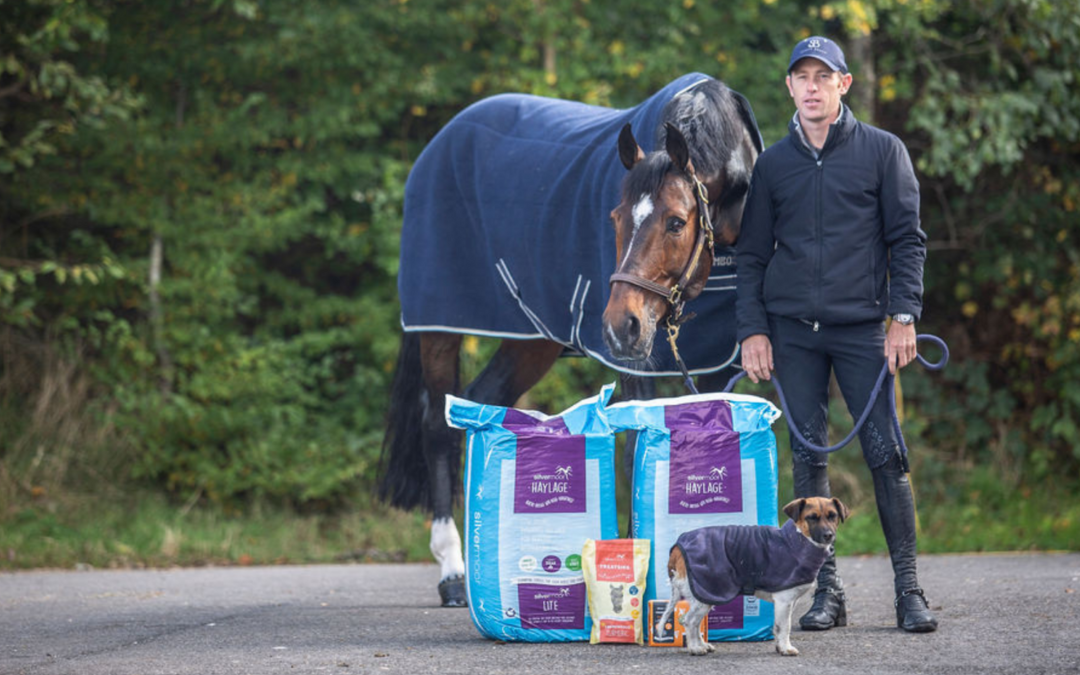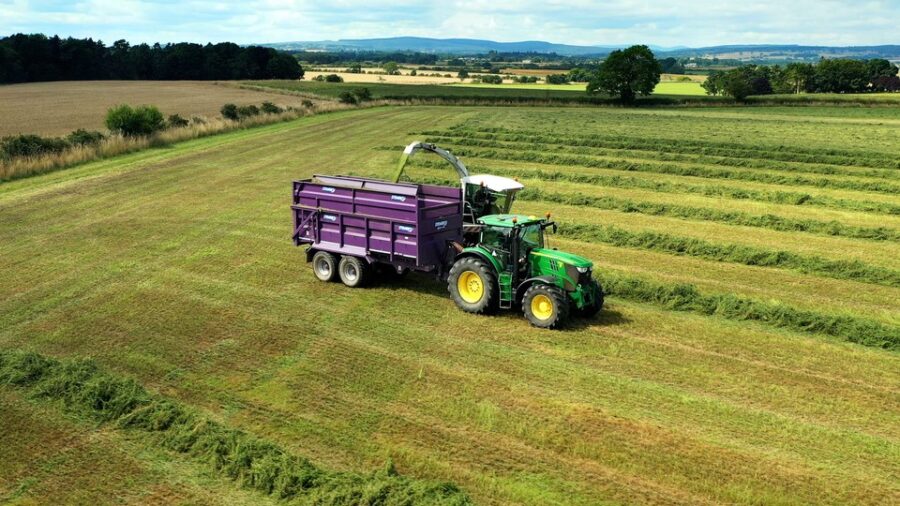
How is haylage made?
From June, farmers across Northumberland are busy harvesting their crops. For those who produce haylage, this is a particularly important time of year. Haylage is a type of forage that’s made by fermenting grass or other plants. It is a popular feed for horses, as it’s high in fibre, energy, and nutrients. In this blog post, we will take a closer look at how haylage is made during harvest time in Northumberland.
- Cutting the Grass
The first step in making haylage is to cut the grass. This is typically done using a mower or a forage harvester. The grass is cut into small pieces, which makes it easier to handle and allows it to dry more quickly.
- Drying the Grass
Once the grass has been cut, it’s left to dry in the sun. This process can take several days, depending on the weather conditions. During this time, the grass is turned regularly to ensure that it dries evenly. We certainly had a challenging start to this summer with all the rain, but we got it done!
- Baling the Grass
At the optimum dryness, it’s baled using a baler. The bales are typically large and rectangular in shape. They are then wrapped in plastic to create an airtight seal. If you’d like to know more about the importance of keeping haylage airtight, read previous articles on ‘how best to store haylage’ and ‘does haylage go off?’
- Processing the Grass
The next step is to ferment the grass. This is done by sealing the bales in plastic and allowing them to ferment for several weeks. During this time, the grass undergoes a natural fermentation process, which produces lactic acid. At this point we conduct an analysis of its nutritional content, and decide whether it will be used as Recreational or Lite Haylage. Then it’s machine sealed, so no air can get into the packaging.
- Storing the Haylage
Once the haylage has been fermented, it’s ready to be stored. It is important to store haylage in a cool, dry, and well-ventilated area to prevent mould and other types of spoilage. Haylage can be stored in plastic bags or containers, or in large plastic bins or barrels.
In conclusion, haylage is a popular feed for horses that is made by fermenting grass or other plants. During harvest time in Northumberland, farmers cut, dry, bale, and ferment the grass to create high-quality haylage. By following the proper harvesting and storage techniques, farmers can ensure that their haylage stays fresh and nutritious for their equine friends.
The choice
There are five different types of haylage to choose from here at Silvermoor, each one is tailored for a specific type of horse. We have something for everyone……..
Recreation – A ryegrass haylage suitable for all types of horses in all types of work.
Lite – A low sugar, high fibre ryegrass haylage that is suitable for good doers, laminitics and horses suffering from IR and EMS.
Timothy – Made from a UK pure timothy grass ley it is high in fibre and low in sugar making it suitable for fussy eaters, good doers, laminitics and IR and EMS sufferers.
Veteran – A soft ryegrass haylage which has been short chopped to ensure it can be easily chewed by horses and ponies with deteriorating teeth.
Unicorn – A low sugar, high fibre cocksfoot and timothy mix haylage that is suitable for good doers, laminitics and weight watchers with appetising minty unicorn haylage to tempt even the fussiest of horses.

